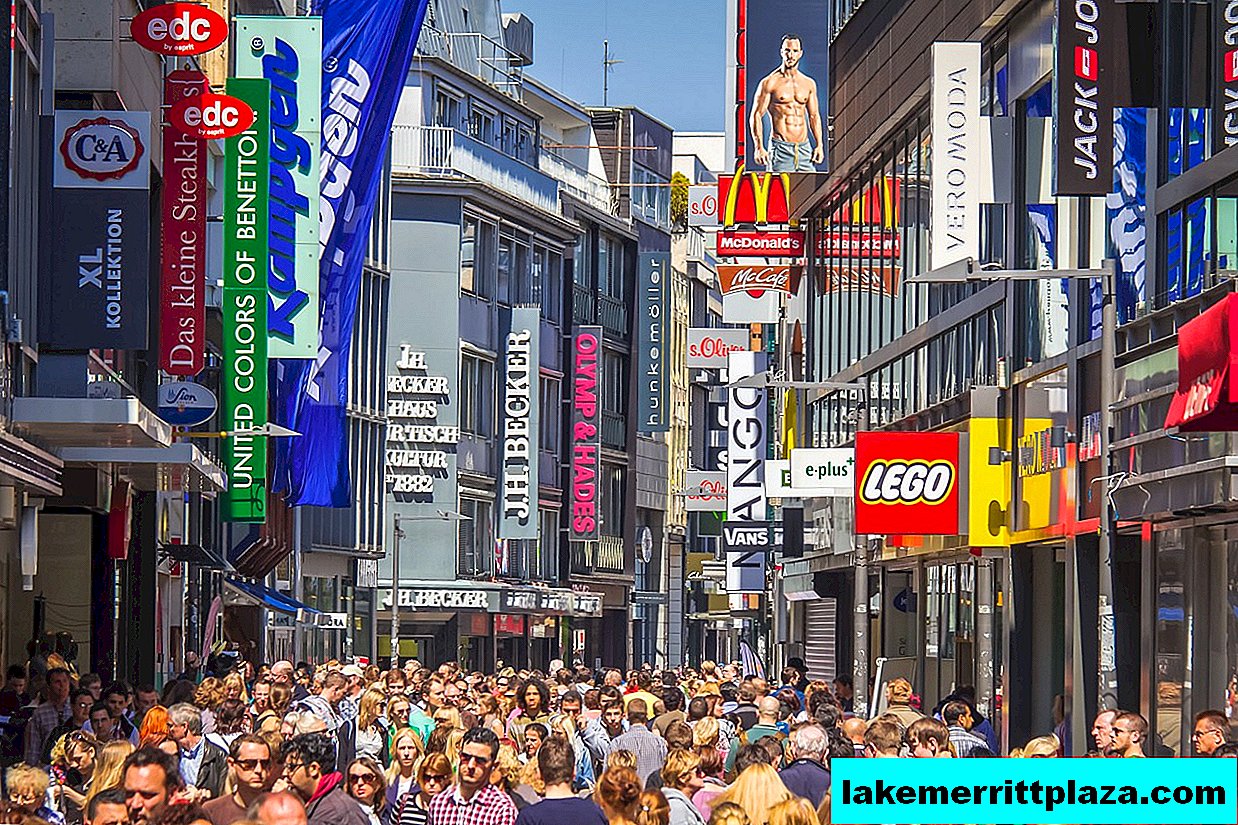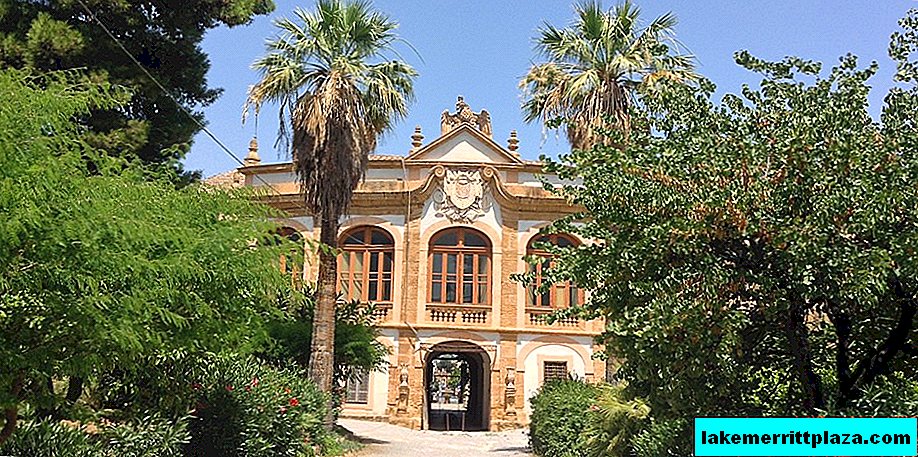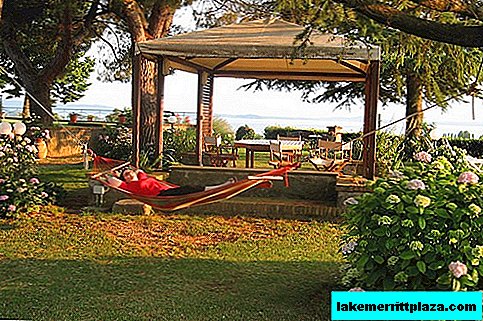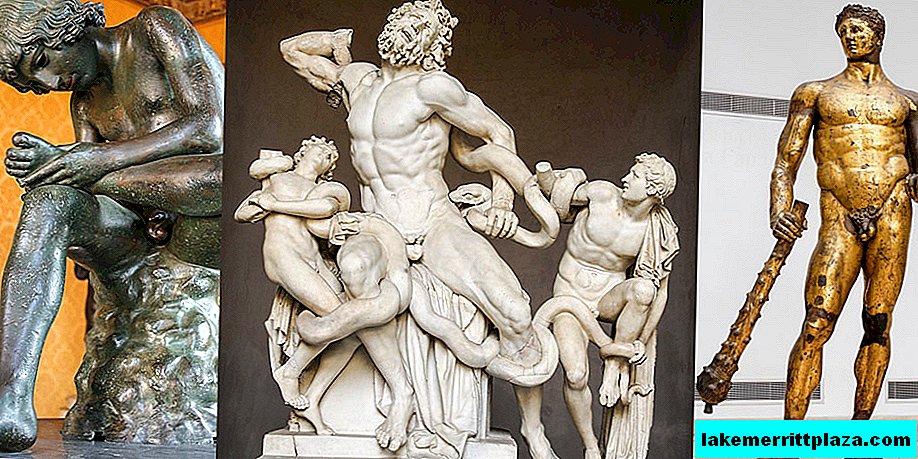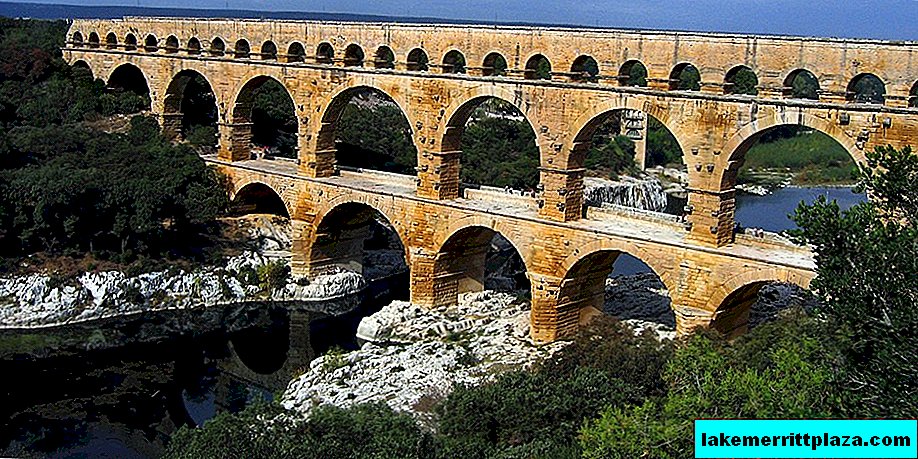The Temple of Saturn in Rome (Tempio di Saturno a Roma) is one of the most ancient and impressive buildings of the Roman Forum (Il Foro Romano).
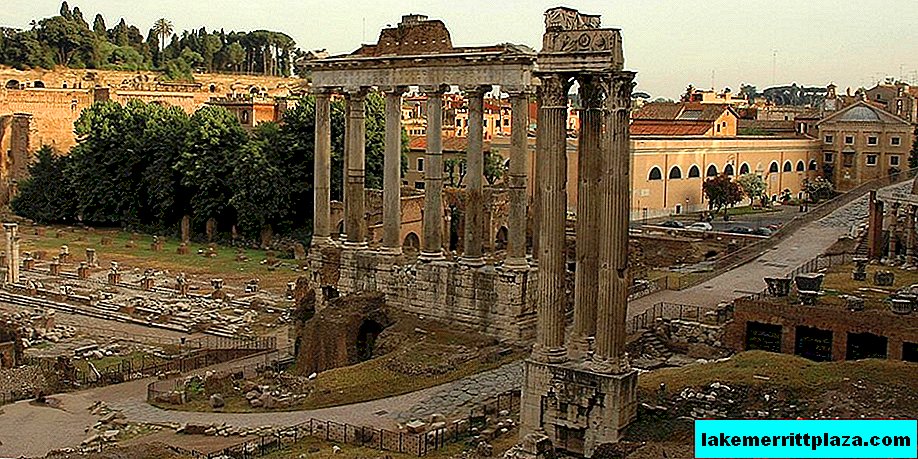
Story
Historians argue about the exact dates of the construction of the Temple of Saturn. Approximate construction dates - 501-498. BC.
In the middle of the 5th century BC war, economic crisis, crop failure and famine encouraged the Romans to build temples in order to achieve the grace of the gods. One of these structures was the Temple of Saturn - the god of crops and prosperity.
According to legend, after the expulsion of Jupiter (Giove), Saturn came down to earth and became king. The Golden Age began - the era of peace and prosperity. Saturn settled on Capitol Hill (Il Campidoglio) and ruled by people with love and justice. When Saturn disappeared, people built an altar at the foot of the hill. Later, a temple was erected on the site of the altar in the hope of returning the beloved god to the earth.
In 42 BC Caesar's associate (Gaio Giulio Cesare), Consul of the Roman Republic, Lucio Munazio Planco, completely restored the Temple. The construction was given even greater greatness. A podium was erected, covered with facing stone travertine and hollow inside. Its dimensions were 40 meters in length, 22, 5 in width and 9 in height.
During the reign of Octavian Augusto (Ottaviano Augusto), the temple was even more embellished and increased in size. But subsequent rulers were not interested in the fate of the sanctuary.
In the 3rd century A.D. The temple of Saturn was almost destroyed. The temple was restored in 283 by Emperor Karin (Latin Marcus Aurelius Carinus), but in a hurry, ignoring the features of the architectural monument. After the fire and restoration, a frieze was installed on the temple wall with the inscription: "The Senate and the people of Rome restored by fire restored." The same period is credited with the appearance of 8 additional columns.
The spread of Christianity completed the era of worship of pagan gods. The temple was no longer used and reconstructed. Most of the magnificent shrine was wiped off the face of the earth.
Architecture
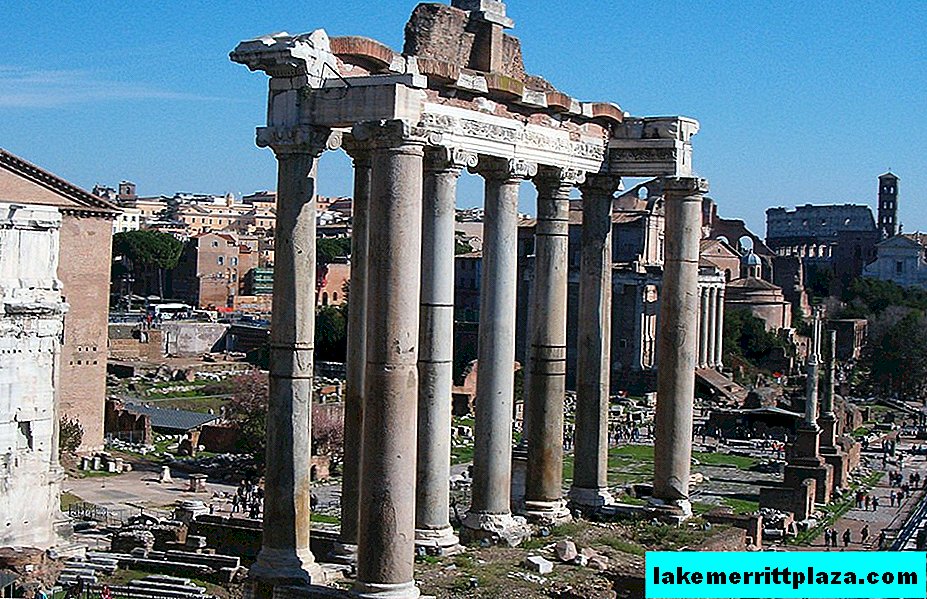
The type of temple was a pseudo-periper - the side and rear columns did not have a full volume, half protruded from the wall. The foundation is made of local natural stone. The main part is made of concrete and bricks, and the exterior is made of marble and travertine. The temple is raised above the ground, you can enter it by stairs. Before you get to the stairs, you had to go through the square of Saturn, surrounded by a fence. The area was decorated with stone steles with engravings of the laws of the Roman Republic.
At the entrance to the temple were two figures of newts with large shells - symbols of the favor of Neptune (Nettuno).
There were podiums on either side of the stairs. A few years ago, the road through the Forum was dismantled. Archaeologists have been able to excavate a few meters below. Then the podium was discovered.
The eastern wall of the temple is covered with multiple rectangular openings. Scientists believe that the current state documents were attached to the wall.
The pediments of the temple were decorated with statues of newts and horses. Inside, in the so-called celle, a statue of Saturn made of gold and ivory was kept. The columns around the building reach a height of 11 meters and 1, 4 - in diameter.
Part of the base and the wall with the colonnade have survived to our time. Six columns of gray granite are in the center, two of pink Egyptian granite are on the edges. It is still fashionable to observe fragments of the main steps and the network of drains.
Destination
The building of the Temple of Saturn was used for administrative purposes. Inside one of the podiums was stored the city treasury, archives of financial documents and "sacred standards" for making measuring rulers.
The brightest days of the year are festivities in honor of Saturn, or Saturnalia. They took place from December 17 to December 23 and marked the end of the harvest. At the entrance to the temple, a ritual of sacrifice was performed. Festive processions began around the city. During the triumphal processions, the statue of Saturn was taken out of the temple and carried in front of the column.
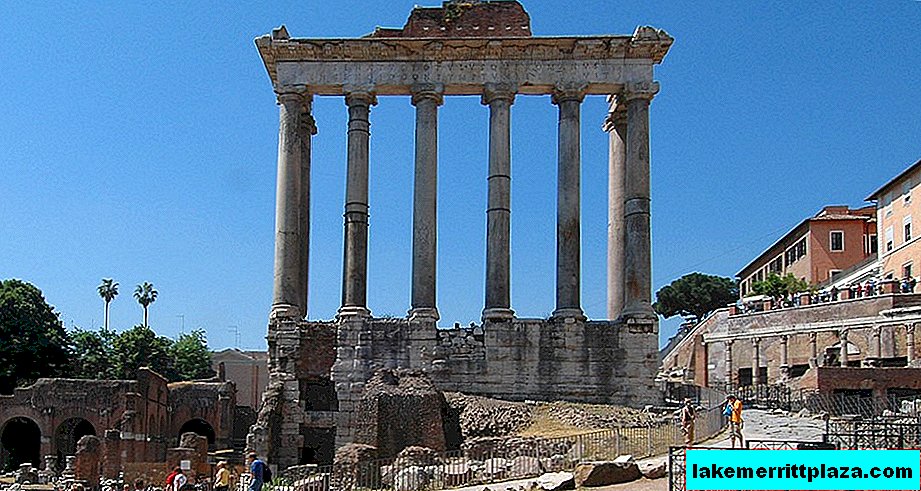
On this day, aristocrats and wealthy Romans, instead of the usual outfits, dressed in clothes made of simple rough fabric. So they paid tribute to the Golden Age and the forgotten equality of people. It also includes the tradition of giving each other something inaccessible. The poor received money from the rich, the workers rested, schoolchildren did not study, and slaves were granted temporary freedom. In addition to such unusual gifts, people gave each other candles and clay dolls. Some historians believe that the custom of putting gifts under the Christmas tree for Christmas and New Year dates back to Roman saturnalia.
How to get there
The Temple of Saturn is located in the central part of the Roman Forum. You can get:
- By Metro - Line B, to the Colloseo Station;
- By tram number 3 - to the stop "Colloseo";
- By bus - No. 60, 75, 84, 85, 87, 117, 175, 186, 271, 571, 810, 850, to the stop "Colloseo".
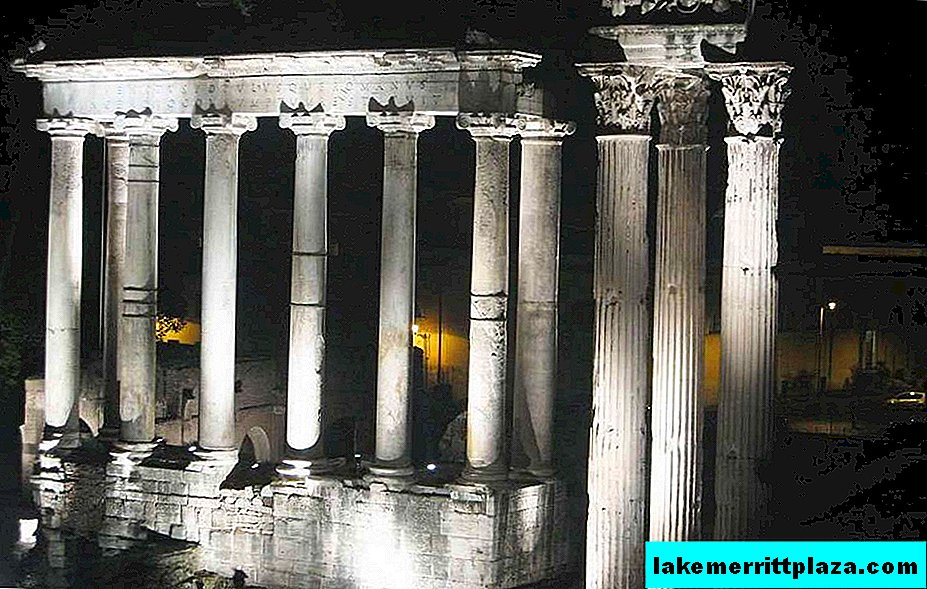
Opening hours:
- Last Sunday of October - February 15: from 8:30 to 16:30;
- February 15 - March 15: from 8:30 to 17:00;
- March - last Saturday of March: from 8:30 to 17:30;
- Last Sunday of March - Aug 31: from 8:30 to 19:15;
- September 1 - 30: from 8:30 to 19:00;
- October 1 - the last Saturday of October: from 8:30 to 18:30;
- On Good Friday, the Roman Forum can be accessed from 8:30 to 14:00;
- June 2, he works from 13:30 to 19:15;
- January 1, May 1 and December 25 - the forum is closed.
Ticket price
To look at the Temple of Saturn, buy a comprehensive ticket for 12 euros. For students and senior citizens - 7, 5 euros. Before 17 and after 65 years, the passage is free, according to the passport.
The price includes visits to the Roman Forum, the Colosseo and the Palatino Hill. You can buy a comprehensive ticket at the box office of any of the objects. Tourists say that at the box office Palatine the smallest lines. You can order tickets online in advance at the official www.coopculture.it according to step-by-step instructions. True, it will be 2 euros more expensive.
- Official site of the Roman Forum: www.archeoroma.beniculturali

